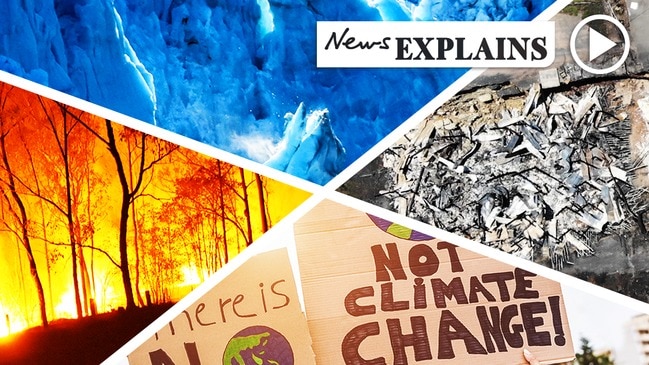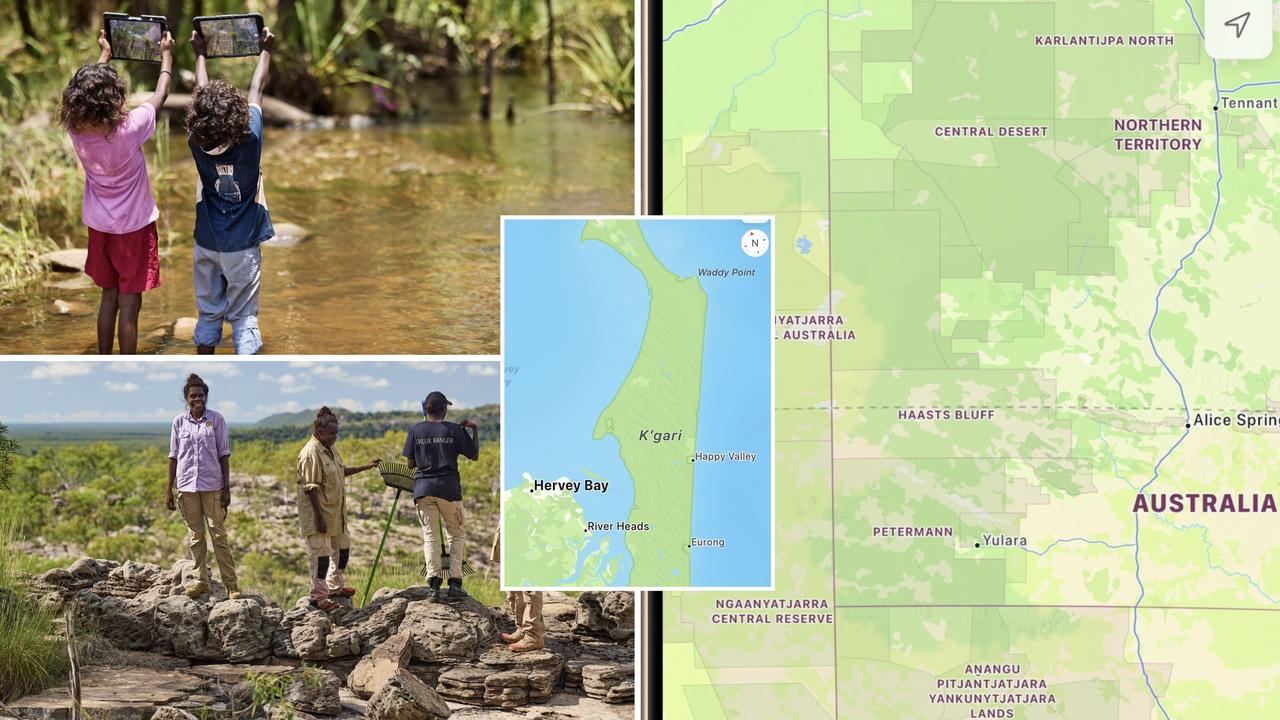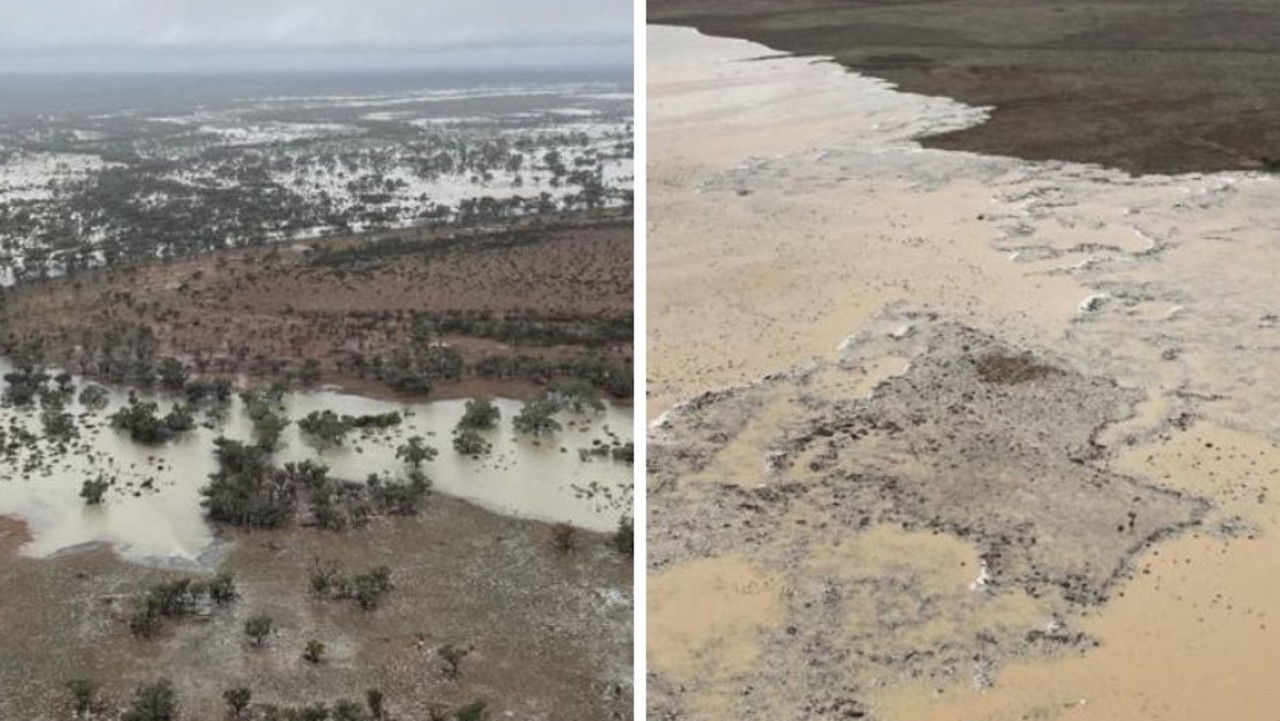Ozone layer: Largest ever tear over the Arctic has closed
The largest ever hole in the ozone layer — its size dubbed “unprecedented” by scientists — has closed over the northern hemisphere.

An ozone hole that formed over the Arctic only weeks ago and grew to be the largest ever recorded in the northern hemisphere has closed.
Scientists at the Copernicus Atmosphere Monitoring Service (CAMS) who were tracking the tear, which was roughly the size of Greenland, made the announcement at the end of last week, calling its size “unprecedented”.
The gap in the vital layer, which protects the Earth against harmful radiation from the sun, set a new record for ozone depletion in the northern hemisphere when it formed earlier this month.
And while many would assume its recovery could be chalked up to a reduction in pollution as a result of the coronavirus pandemic – which has caused countries around the world to go into lockdown – the scientists noted the “rather unusual” hole was caused by a particularly strong Arctic polar vortex and not by human activity.
RELATED: Scientist annihilates climate comments
RELATED: Unlikely positives from virus outbreak
The unprecedented 2020 northern hemisphere #OzoneHole has come to an end. The #PolarVortex split, allowing #ozone-rich air into the Arctic, closely matching last week's forecast from the #CopernicusAtmosphere Monitoring Service.
— Copernicus ECMWF (@CopernicusECMWF) April 23, 2020
More on the NH Ozone holeâž¡ï¸https://t.co/Nf6AfjaYRi pic.twitter.com/qVPu70ycn4
“COVID-19 and the associated lockdowns probably had nothing to do with this,” CAMS wrote on Twitter.
“It’s been driven by an unusually strong and long-lived polar vortex, and isn’t related to air quality changes.”
The scientists added: “This ozone hole was basically a symptom of the larger problem of ozone depletion, and closed because of local annual cycles, not long-term healing. But, there’s hope: The ozone layer is also healing, but slowly.”
A polar vortex is a large area of low pressure and cold air that surrounds both of the Earth’s poles – and while they always exist, they typically weaken during the summer and strengthen in the winter.
The Arctic vortex is typically weaker than its counterpart in the south, CAMS said, due to the presence of nearby land as well as mountain ranges that disturb the weather.
Regardless of how it came to be, the hole was massive – most of the ozone typically found around 11 miles (nearly 18km) into the stratosphere was depleted, the group said. The last time such a strong chemical ozone depletion was observed in the Arctic was nearly a decade ago.
CAMS does not predict the ozone numbers will return to the extremely low levels experienced in early April, offering some hope, at least: The ozone layer is slowly healing, one way or another.



